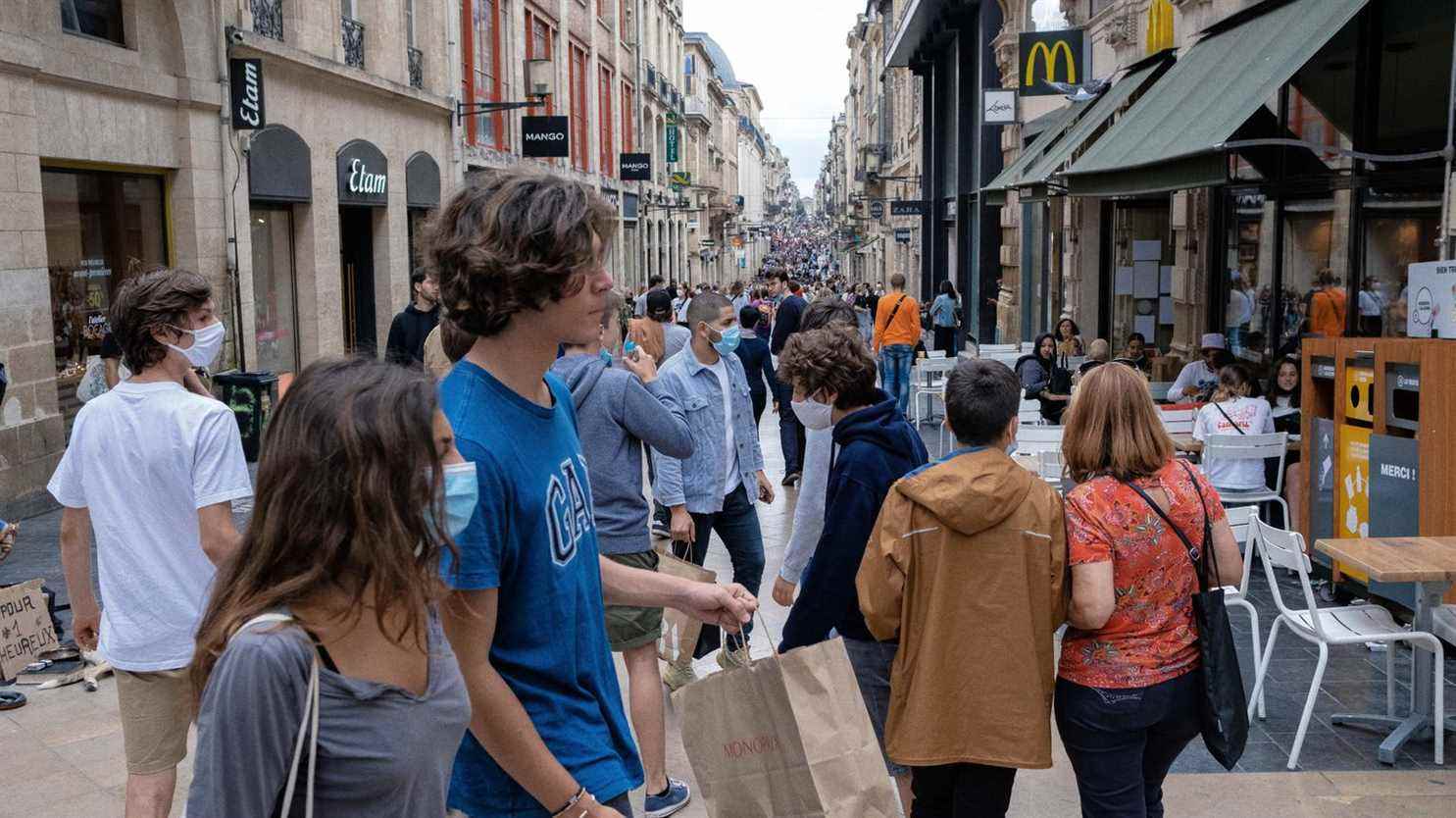The growth of the French population continues to weaken. The French population grew by 0.4% each year between 2013 and 2019, against 0.5% between 2008 and 2013, according to figures for 2019 published Wednesday, December 29 by INSEE. A phenomenon which is mainly explained by a lower natural balance (number of deaths subtracted from the number of births).
“It is still the natural balance that drives demographic growth in France, but it is less and less high”, explains the statistics institute. Net migration still contributes 0.1% of growth, but the natural balance lost 0.1 point to stand at 0.3% per year between 2013 and 2019.
In general, all regions saw their demographic growth slow between 2013 and 2019, “with notable exceptions” from Guyana and the Provence-Alpes-Côte d’Azur region, detailed to AFP Valérie Roux, head of the demography department at INSEE.
While some areas are very dynamic, particularly Ile-de-France (1% growth each year for Seine-Saint-Denis) and the Atlantic coast (1.2% for Loire-Atlantique), 20 departments lost inhabitants each year in France, against 11 during the previous period.
These are departments “mainly located in the ‘diagonal of the void’, and in Paris, notes Valérie Roux. In very sparsely populated autonomous rural territories, the decline in population is due more to the natural balance than to the migratory balance: this is the effect of the aging of the baby-boom generation and the drop in the average number of children. per woman. “
The most promising areas of demographic growth are located on the outskirts of large cities, such as Paris, Lyon, Marseille or Bordeaux. Paris, it sees its population decrease each year (-0.5%) despite a strong natal dynamism which persists (+ 0.7% of natural balance). This fall is due to departures from the city, which causes it to lose a little more than 1% of its population each year.
